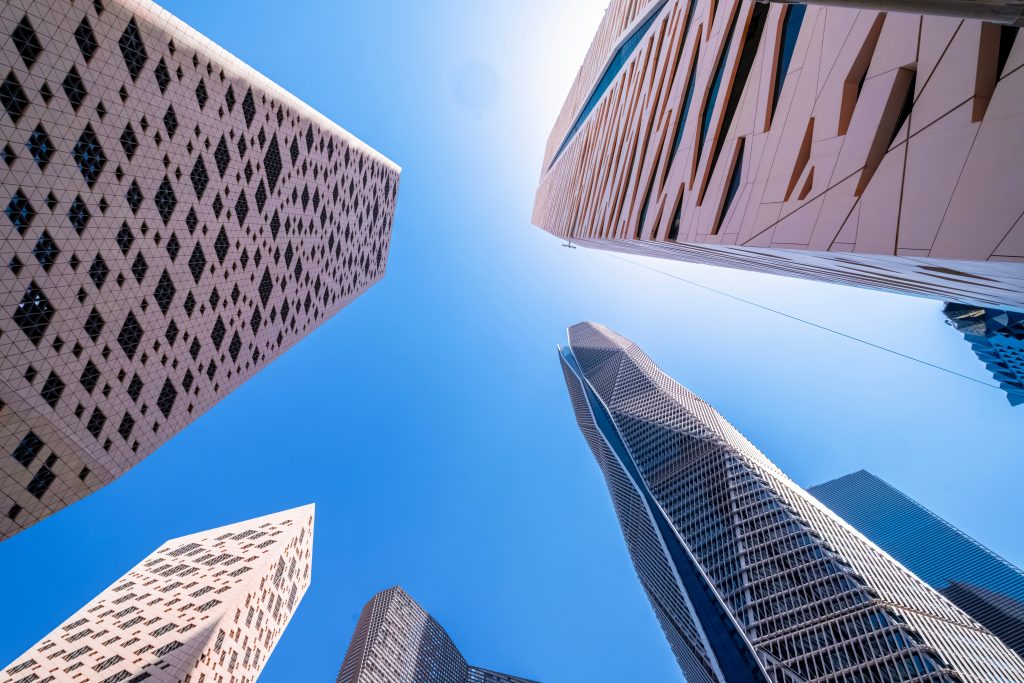Saudi Arabia’s Vision 2030 is an ambitious plan to transform the nation into a global investment hub, targeting $3.3 trillion over the next decade. This strategy spans various sectors, including energy, healthcare, and tourism, with projects like the futuristic city of NEOM at the forefront, representing an $800 billion boost from recent trends.
The plan involves significant shifts: moving towards renewable energy, enhancing private sector involvement, and expanding non-oil sectors like tourism. Saudi Arabia aims to maintain its status as a low-cost oil and gas producer while diversifying its energy exports through natural gas and LNG.
By 2030, Saudi Arabia plans to balance its power generation with gas and renewables, reducing reliance on oil. With solar costs 40% below the global average, the kingdom is poised to enhance energy security and reduce emissions. Investments in carbon capture and hydrogen production are also key to decarbonization efforts.
Increasing the private sector’s GDP contribution from 47% to 65% is a core goal, achieved through privatizing utilities, airports, and healthcare. Rising homeownership rates are expected to boost domestic spending and reduce import dependency.
Reforms in governance, regulation, and labor markets are critical. Female workforce participation has already surpassed the Vision 2030 target, suggesting further potential for societal progress. Regulatory improvements focus on streamlining business processes and enhancing transparency.
Investment Surge has seen Saudi Arabia invest $780 billion over three years, driven by banking and public spending. However, local banks face lending limitations, highlighting the need for private capital mobilization. Economic diversification, renewable energy transition, and private sector growth are pivotal to reduce oil dependency.
Strengthening capital markets is essential. Historically reliant on bank funding, Saudi’s loan-to-deposit ratios have exceeded 100%, with public debt rising to 27% of GDP. With strong credit ratings, the kingdom can expand government borrowing, contingent on oil price stability.
Saudi Arabia is advancing its equity and fixed income markets through IPOs and bond issuances, with an average annual issuance of $31 billion. Developing a robust local-currency corporate bond market will support non-bank financing.
The Shareek program, launched in 2021, aims to stimulate $1.3 trillion in private investment, a significant portion of the Vision 2030 target. Foreign direct investment is also expected to grow, reaching 15% of total investment.
Conclusion: Saudi Arabia is leveraging its resources and workforce to attract global investment and diversify its economy. While opportunities abound, success hinges on governance reforms and labor market improvements. Despite geopolitical and oil price risks, the kingdom’s demographic and resource strengths support its long-term growth outlook.
